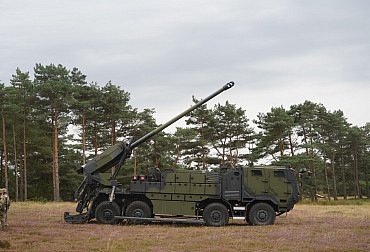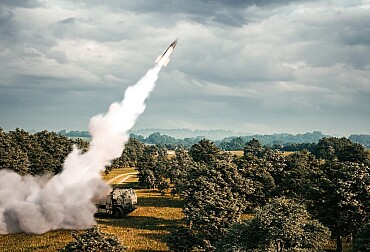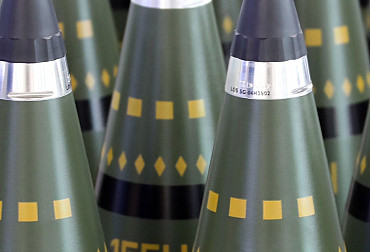Israel in Gaza demonstrates the widespread use of drones on the modern battlefield
The popularity of drones and their contribution to the conduct of combat operations is steadily increasing. Increasingly, unmanned systems are becoming a key component in those combat activities that combine elements of air and ground forces. The interplay between drones and ground forces can now be seen in and around the Gaza Strip. It is there that Israel Defense Forces (IDF) ground forces are using Heron family drones in the fight against Hamas terrorists.
Heron UAS and Heron TP drones in the service of the Israeli Air Force have been actively deployed in the ongoing war with the Palestinian Hamas movement since October 7, the beginning of the Hamas attack on the Jewish state. As early as a few minutes after 7 a.m. on that seventh day of October, Heron family drones were already gathering intelligence for the IDF and providing cross-command communications and situational awareness. Thanks in part to the timely deployment of these assets, Israeli soldiers were able to quickly dislodge the terrorists from their territory.

The Heron UAS and Heron TP drones are also being used in the ongoing combat operations that the IDF, particularly ground forces, are conducting in the Gaza Strip itself. Both types offer mechanized units, special forces and other infantry groups operating in Gaza the necessary intelligence, situational awareness and other vital information on the movements of members of the Hamas military wing. As a result, IDF ground forces are able to effectively carry out their missions and objectives, minimizing the danger to the civilian population. In addition to the specific tasks related to the actual deployment of IDF personnel in the Gaza Strip, the Heron family drones carry out other missions at the strategic and operational level. At the same time, both systems can cover large areas with intelligence in a short time.
Thanks to their architecture, the Heron UAS and Heron TP systems can operate in any weather at any time of day or night. In addition, both systems can be fitted with different types of modules, making them a versatile means to observe, track, image, provide intelligence and deliver comprehensive real-time situational awareness. At the same time, the Herons are also an effective means of sharing information across IDF components. This information is processed by an intelligence analyst who, together with the drone pilot, forms the operations team for each Heron unmanned system.
Thanks to the deployment of the Heron family of drones into real combat and the tens of thousands of flight hours flown within the Israeli Air Force, these machines receive constant upgrades reflecting lessons learned from operational deployment. For example, in connection with Operation Iron Swords in the Gaza Strip, Heron TP drones were equipped with new intelligence-gathering modules, according to a lieutenant colonel of the Israeli Air Force's 210th Squadron. As the Israeli lieutenant colonel goes on to describe, these new modules turn the information collected into a detailed picture of the enemy and make it much easier for commanders to plan their next course of action. Another huge advantage for the IDF is the fact that the ranks of reservists and drone operators include those who work in civilian life at IAI, the company that manufactures the Heron drones. The Heron systems are thus often operated by top professionals who can test the Heron's capabilities in combat operations, while gaining experience to further improve the drones and adapt them for the modern battlefield.









